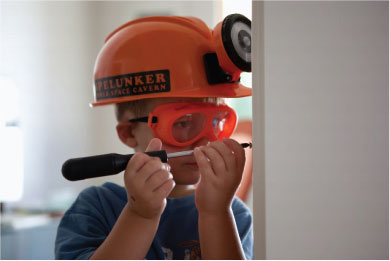The Olympics are going well – “so far, so good” is the theory given by several authorities, politicians, and the news media. Every day, athletes from all over the world are making new friends, as they compete for gold, silver, and bronze medals. They are tasting new foods, seeing a new part of the world, and having the experience of a lifetime. These winter athletes have worked for years to qualify and compete against the best international athletes.
It is sad that there is a heavy cloud hanging over these games….the threat of terrorism.
Olympics have been a target of terrorists ever since the 1972 massacre of Israeli athletes and team members in Munich. A lone wolf bombing in Atlanta killed one person in 1996, and the Winter Olympics in Salt Lake City were clouded by fears of the 9/11 attacks that had taken place just months earlier.
But never have the threats seemed so real as they do in this area of Russia – just on the other side of the mountains from an area with a history of years of conflict that include two recent wars between Russia and Chechnya -unmatched for the brutality on both sides. This is according to security analyst for NBC, Lt. Col. Robert Schaefer, a Green Beret. Already, militants have claimed responsibility for two recent bombings that killed 34 people in a train station and on a bus in Volgograd, about 400 miles from Sochi. One of their top leaders has called for his followers to “do their utmost to derail” the games.
These aren’t people used to making idle boasts. They’ve been fighting Russians for generations and are blamed for some of the most savage terrorism attacks in recent years. Remember the Moscow theater takeover in 2002 that ended in 170 deaths and a school siege two years later in North Caucasus where more than 300 died, many of them children, when Russian troops stormed the building?
They exist close to venues where the world’s best ice and snow athletes will perform in front of television cameras beaming it all to hundreds of millions of people around the world. The press is now paying more attention to this situation than in the past.
With that said, it is everyone’s hope that all the athletes and fans can enjoy the games and remain safe. Russia has made many efforts to provide security throughout the airports and venues. Although the overwhelming forces — an estimated 100,000 police, agents and army troops are on hand — don’t ensure there won’t be any problems, the sheer numbers of security personnel have put some athletes at ease.
Those competing on the mountains have found very tough terrains. One competitor fell so hard that her helmet broke during the crash. Others have decided the elements are too dangerous to compete. Still, other athletes try to prove they can beat the mountains.
Texas America Safety Company and Blog4Safety send our best wishes to all who have traveled from their homelands to compete in these events. As we enjoy the games, we also look forward to the time when all athletes, their families and fans can return to safely to their homes.
Source: Republican American

